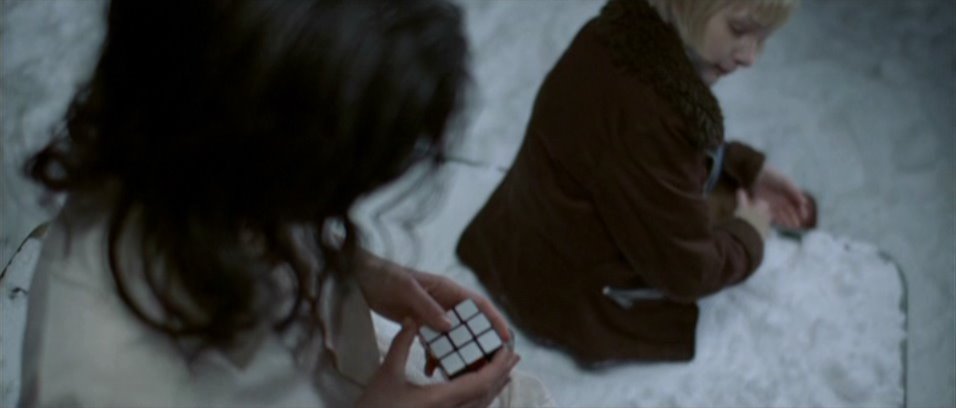Reviewer: Emera
Dates read: The very end of December 2011
Read from: Vampire Stories by Women, ed. by Stephen Jones (2001). (I’ll be putting together an index post for this collection once I’m done reviewing the stories I found the most interesting.)
Roberta Lannes says in the introduction to her short story, “Turkish Delight” (2001),that the most interesting element of the vampiric repertoire to her is the seduction. The vampiric “granddad” in this story seduces by shaping himself to fill a lack; his eventual victim is Andrew, a gentle-hearted boy who lives in claustrophobically close quarters with his aunt and controlling, abusive mother, and dreams of finding his absent father’s family. (Enter the vampire…) Lannes does an excellent job of drawing the web of tensions and hidden desires at work in Andrew’s household, with its additional layer of vampiric subtext in how Andrew’s mother uses him as fuel for her pettish rages. Unfortunately, the end of the story loses emotional focus, once a slew of more conventionally “genre” elements are introduced (luxurious mansion full of vampire victims, etc.), and the narration seems to drift out of contact with Andrew’s experience. (It’s hard to imagine a 10-year-old boy thinking that “everything the old man said was full of vagaries and obfuscation.”) Still, Lannes’ story is often moving in its examination of deception and manipulation.
—
Stupid admission: I often confuse Elizabeth Hand with Elizabeth Bear. Same with Gene Wolfe and Gary Wolfe. That said – Elizabeth HAND’s “Prince of Flowers” (1988) starts with some absolutely gorgeous evocations of the vasty, esoteric innards of Washington D.C.’s Natural History Museum:
“Her favorite was Paleontology, an annex where the air smelled damp and clean, as though beneath the marble floors tricked hidden water, undiscovered caves, mammoth bones to match those stored above…
The Anthropology Department was in the most remote corner of the museum; its proximity to the boiler room made it warmer than the Natural Sciences wing, the air redolent of spice woods and exotic unguents used to polish arrowheads and axe-shafts. The ceiling reared so high overhead that the rickety lamps swayed slightly in drafts that Helen longed to feel. The constant subtle motion of the lamps sent flickering waves of light across the floor. Raised arms of Balinese statues seemed to undulate, and points of light winked behind the empty eyeholes of feathered masks.”
The prose continues to be gorgeous, but “Prince of Flowers” (the eponymous resident vampire is a beautiful Balinese puppet that Helen steals from the museum) unfortunately runs along monster-movie lines, and so lacks thematic or emotional resonance, outside of the unease conjured by the increasingly sinisterly lush descriptions.
Still, considering that this was Hand’s first published story, I’m definitely going to make a point of looking for more of her work. I’ve also read a couple of her reviews for F&SF, and found them a pleasure to read – thoughtful and wide-ranging.
Go to:
Stephen Jones: bio and works reviewed
Vampire Stories by Women: “Rampling Gate,” “Miss Massingberd”

